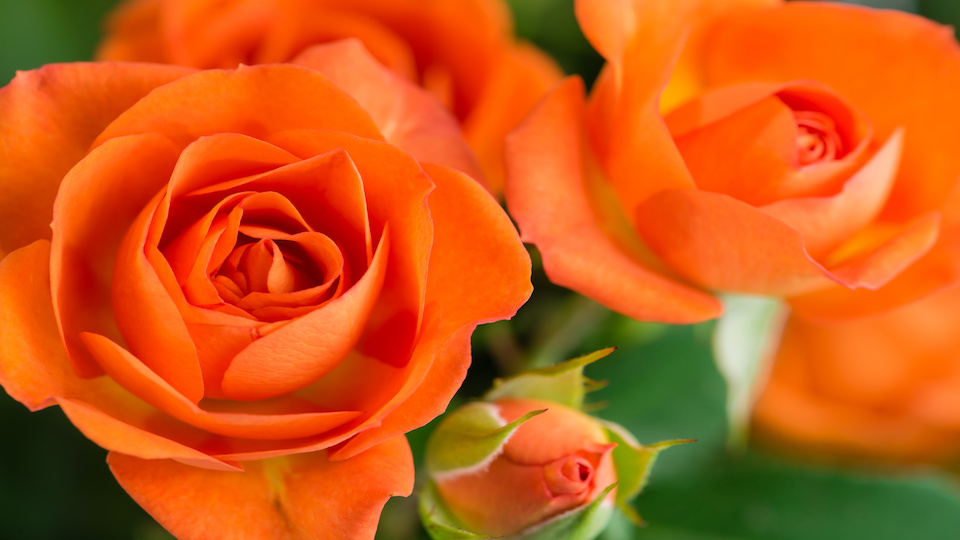For years, roses have kept the prized position among all the garden flowers. They captivate the mind, enchant the soul, and awake the senses, bringing beautiful vibrant blooms and decadent scents to anywhere they are grown. However, even though they are an excellent addition to any flower bed, many gardeners shy away from these sweet flowers because of their supposed “growing difficulty.”
Roses are often considered those plants that are impossible to grow or require so much time and effort that it is not even worth it. Fortunately, roses are just as easy to cultivate as any other perineal, and with a little patience, you will be enjoying your abundant rose garden in no time. Here are 5 common mistakes that many people make when growing roses for the first time and a few tips for success.
Choosing the wrong variety
To say that there are a lot of options when choosing which rose variety to plant is an understatement. Take some time and research before planting to determine what size, color, and shape you want your roses to be.
Many gardeners rush into the planting stage and are stuck with perennial roses that don’t go well with the rest of their garden.
Wrong location
As with most plants, location is everything. It is essential that you scout your garden and find the best possible spot for your rosebush before simply sticking it in the ground. Most rose varieties need 6-8 hours of sun each day and do best when shielded from the hot afternoon sun that can scorch their leaves and dry out the roots.
Don’t make the common error of planting rosebushes too close together. Unless you are planting a dwarf variety, they need space to sprawl out, including the root system. Ensure that your plant is in an area with quality well-drained soil, as roses need proper drainage for ideal growth.
Forgetting what you plant
It is understandable to forget everything you planted after an exciting spring season. However, keeping track of what type of roses you’ve planted is an essential step for long-term care. Many gardeners stick a rosebush in the ground and immediately disregard whether it is a Polyantha, Queen Elizabeth, or some other variety entirely. Keep in mind that if you tend them properly, your roses should thrive for years to come. Taking note of everything you plant means that you will be able to find specific care information if you ever have any issues such as blight or bugs.
Water mistakes
Roses can be very particular about the amount of water that they need. A good rule of thumb is to keep them consistently wet throughout the growing season and water them occasionally while they are dormant.
It is also important that you water them at the base of the plant, as wet leaves can cause mold and powdery mildew. Water deeply and thoroughly, making sure that the moisture is getting down to the roots. It may be best to use a soaker hose to ensure that your vibrant blooms get a proper drink.
Pruning confusion
One of the most significant mistakes of any novice rose gardener relates to pruning. Either they are an overzealous pruner and practically chop the whole plant down in their quest to reign in stray growth, or they merely let their roses grow free and wild. There is a happy medium, but it is often difficult to find when you are first starting.
Keep in mind that modern roses don’t need to be pruned nearly as often as many people think and this process is not as confusing as most “rose experts” claim. In early spring, before the new growth, trim off any dead and damaged canes and cut back nearly half of the previous season’s growth in order to find the healthy shoots (with white centers inside the cane). As the growing season progresses, you can keep up with light pruning to help train your rosebush, but don’t go crazy or you will be left with very few blossoms.
Deadheading the spent blooms is also an essential step to encourage reblooming. Simply cut below the first five-leaflet steam on any withered flowers. This will help make room for more growth.
-Taylor Ramsey



